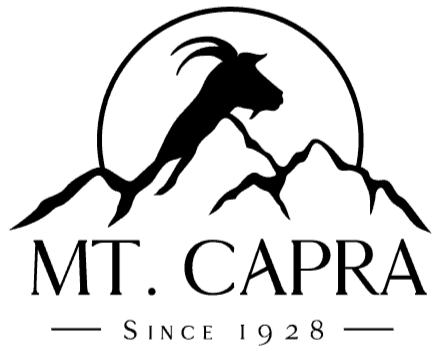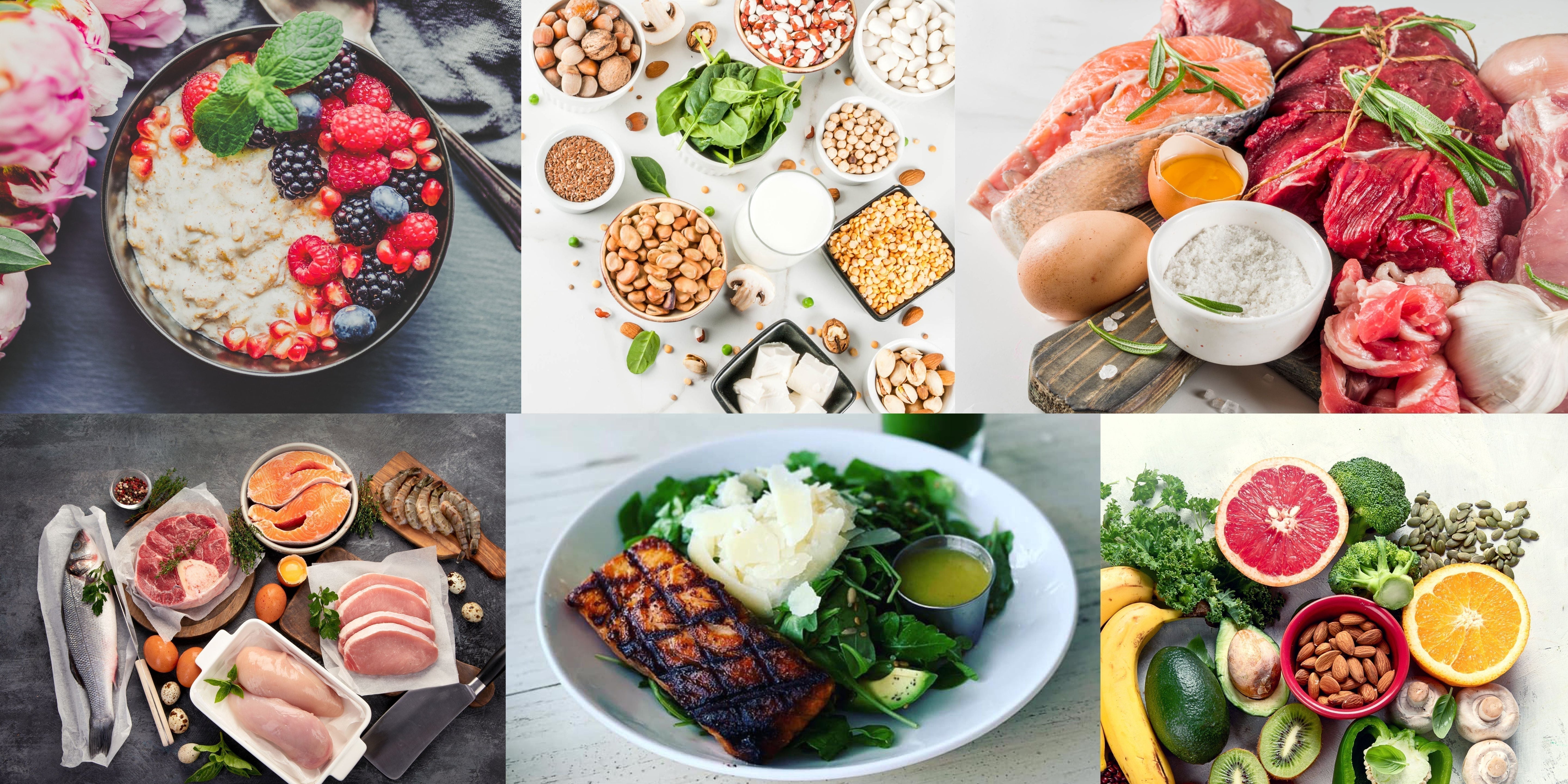Goat milk has been widely consumed by the majority of the world’s population for a long time.
In fact, 65% of the milk intake worldwide comes from goats. However, it’s only in recent years that this nutritious drink has gained more popularity in the U.S.
Now that it has become a staple food in many American households. Scientists have researched its properties, asking themselves what the benefits of goat milk nutrition are.
For one, consumers say that they feel goat milk is easier to digest, and as it turns out, there are several reasons for it.
- Goat milk’s fat globules are smaller than cow’s milk, and it has higher levels of small and medium chain fatty acids. The smaller the molecules, the quicker the body can break them down. On the other hand, small and medium-chain fatty acids are naturally fast to digest and are a great source of energy.
- Proteins found in it form a much softer curd when they reach the stomach compared to cow’s milk. The curd forms when these proteins denature and the softer curd allows the body to digest it quicker and absorb the nutrients more efficiently.
- It has a lower lactose content, which is why people who are intolerant to it can process it better.
Because it is easier to digest, the body can take better advantage of its nutrients.
Goat Milk is Less Allergenic
Additionally, it is less allergenic. This is due to the type of protein it has. Dairy allergies are one of the most common ailments in toddlers. It has been linked with a protein present in milk called α-S1 Casein.
Goat milk has 89% less α-S1 Casein than cow’s milk, reducing the risk of allergies and dairy sensitivities.
This protein is also responsible for the structure of the curd mentioned above. High levels of α-S1 Casein result in thicker curd. Goat’s milk lower content of this microprotein results in a softer, easier to break down curd.
OK, so it’s easy to digest, and it can be more widely consumed. But how does it benefit your health?
Let’s first break down its nutritional content. 8 oz of goat milk contains:
- 69 calories
- 4 g of fat
- 4.5 g of carbs
- 3.6 g of protein
- Vitamins A, C, and D, plus Selenium, Calcium, Magnesium, and others
Goat Milk Has Essential Fatty Acids
Goat milk is rich in omega-3 and omega-6 fatty acids. These are essential components of the cell membrane and the building blocks of certain substances responsible for regulating blood pressure.
What’s more, the milk provides a healthy dose of essential fatty acids. These are the ones the body cannot produce by itself. Such is the case of the conjugated linoleic acid (CLA) and alpha-linolenic acid. They can be used for cell repair and to produce other fatty acids.
Goat Milk is High on Micro-nutrients
Goat milk has a high content of vitamins A and D, and calcium and selenium. More importantly, the body absorbs them better too. These micronutrients play vital roles in our bodies.
Vitamin A is important to keep a healthy eyesight and to reinforce the immune system while vitamin D is vital for the absorption of Calcium.
Calcium is necessary for bone growth and strength, and its deficiency has been linked to illnesses like cancer and heart disease.
Selenium, on the other hand, is important for the correct functioning of certain organs, such as the thyroid gland, and it helps fight the free radicals which cause damage to our cells.
Goat Milk Has Less Additives
The number of growth hormones, antibiotics, and other chemicals necessary to keep the mass production of cow’s milk is rarely used in goat rearing. So, the resulting products are much more natural than milk from a commercially-bred cow.
Goat Milk Is Naturally Homogenized
Unlike cow’s milk, goat’s milk is naturally homogenized.
But What does that mean exactly?
When you leave raw cow’s milk in a glass for a period, it will separate in two phases, the cream, and the skim milk. This does not happen with goat milk.
Why does that matter?
Because to give cow’s milk the appearance you see when it reaches the refrigerated section in the supermarket, it goes through the process of homogenization.
This process destroys fat globules and makes the two phases combine and stay blended.
The drawback of homogenization is that the destruction of the fat globule releases free radicals, which are responsible for cell damage from oxidative stress.
Goat’s milk does not need to go through this process, its smaller fat molecules and lack of agglutinin (responsible for the clumping of cow´s milk) makes it naturally homogenized.
Goat milk can be included in the diet without any hassles and offers many valuable micro and macronutrients that assist bodily functions.
Additionally, it may be a great choice for those with dairy sensitivities, allergies, or intolerance.






Share:
Benefits of Goat Milk Soap for Skin
How to Build Muscle Naturally
1 comment
Very informative article. Thank you now and tomorrow.